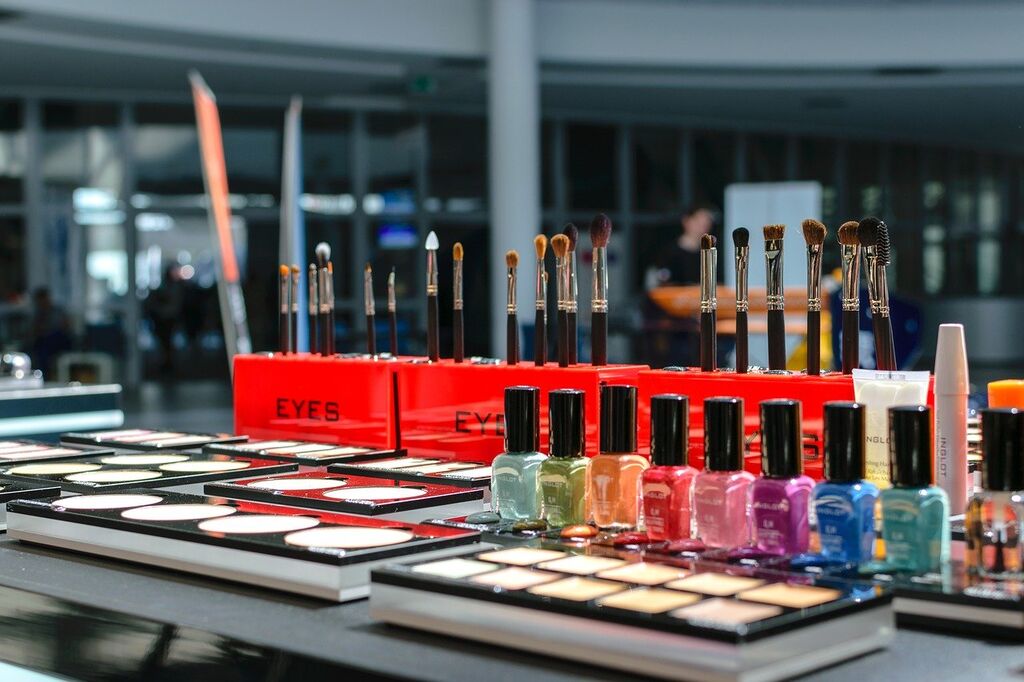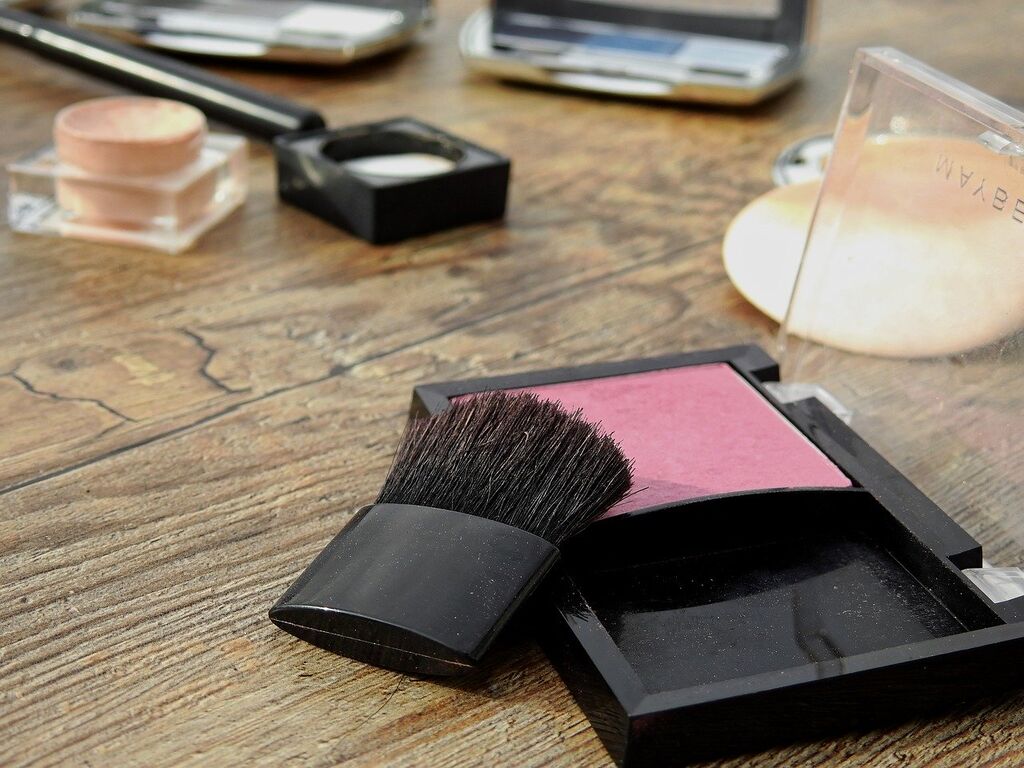Different countries across the world have their own methods and procedures of dealing with cosmetic regulations. While the USA seems to have a liberal approach for manufacturers, Europe and India follow a more tedious cosmetic regulatory compliance which is indeed quite justified.
These days the world is more connected than ever. The advent of quick transportation, followed by globalization and the invention of the internet has combined countries and their markets into one global village.

The cosmetics industry is not untouched by this globalization, and companies are now expanding multinationally to find new markets for their cosmetic products. Cosmetics are not like grain or stone. Their manufacture and sale is densely regulated by authorities in every country.
However, with the markets becoming more globalized, the regulations for cosmetics in different countries have often to be compared for global players. For this discussion, we will take into consideration the regulation procedures of India, US and EU.
The Indian cosmetic market is propelled at a compounded annual growth rate of 17%. Making it a lucrative option for big globally operating companies.
The regulation of cosmetics in India is the responsibility of CDSCO (Central Drugs Standards Control Organization) according to the Drugs & Cosmetics Act, 1945. This organization is headed by the Drugs Controller General of India under the Ministry of Health & Welfare.
The manufacture and import of cosmetics in India is regulated by this organization. The local manufacturing is regulated by the state licensing authorities. Whereas the import is regulated by CDSCO.
The FDA (Foods & Drug Administration) is the regulatory body which monitors the manufacture and sale of cosmetics in the USA.
The FDA defines a cosmetic as: “articles intended to be rubbed, poured, sprinkled, or sprayed on, introduced into, or otherwise applied to the human body or any part thereof for cleansing, beautifying, promoting attractiveness, or altering their appearance, and articles intended for use as a component of any such articles”

The FDA does not pre-approve a cosmetic product for its marketing and distribution. However, it still exercises regular checks on any such products being sold, and is authorized to take normal or serious actions for discrepancies. Whereas, the imported products are examined upon entry to the US and action can be taken on non-compliance.
While the FDA doesn’t strictly require registration, there’s a voluntary registration program available for manufacturers of cosmetics.
Coming to Europe, ISO 22716 is in force as the standard, but there is no requirement for certification and the authorities do not always inspect for compliance. Europe has comparatively lenient policies compared to India since you don’t have to get a product registered prior to applying for a license. However, both these countries ban the testing of cosmetic products on animals which is otherwise a very common practice in certain countries.
Coming to the conclusion, while the USA is the most lenient on the manufacture, import and sale of cosmetics. Europe is just a few steps behind with a balanced amount of restrictions. However, India follows a more pragmatic method of approval and sale. Which is in fact good considering the safety of the consumers in a nation of a population of over a billion people.
Comments
Post a Comment
Please do not enter any spam link in the comment box